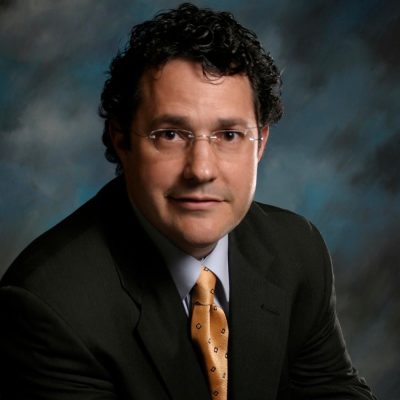
David A. Staffenberg
As a plastic surgeon who specializes in treating craniofacial disorders in children and adults, I have two goals. One is to correct differences in the face and head that can affect a child’s growth and development. The other is to provide each patient with the best possible appearance. My work is done with an eye to the cosmetic result, even when the purpose of the surgery is reconstructive in nature. Everyone deserves to look their best, and I enjoy bringing creativity and artistry to each procedure.
For each person, I design a unique treatment plan that addresses the primary areas of concern. Plastic surgery for children is done in close consultation with their parents, who I consider to be partners in this process. I use both nonsurgical and surgical techniques to minimize risk and speed recovery.
I work with the craniofacial plastic surgery team to perform cleft lip and cleft palate repair. We use nasoalveolar molding, a nonsurgical technique that was developed at NYU Langone, to reshape the gums, lips, and nostrils in preparation for surgery. By using this technique, we can reduce the overall number of procedures a child needs. Because of my extensive experience with complex nasal irregularities, I work to improve breathing issues, when present, while also improving facial proportions and appearance of the nose.
I work closely with our pediatric neurosurgeons to ensure the best cosmetic result after brain tumor and brain aneurysm surgery and to manage craniosynostosis, which occurs when the bones in a baby’s skull fuse together prematurely. As the child grows, the skull can become misshapen. This can put a child at risk for neurological damage. To manage this, I use a minimally invasive endoscopic surgical approach that limits scarring and does not require the child to wear a helmet, which is a common treatment.
Working with our craniofacial orthodontist, I care for children with malocclusion whose jaws are either poorly proportioned to their faces or don’t allow their teeth to come together properly. We use computer simulation and animation to explain treatment options before surgery.
During my career, I’ve had the honor of caring for children with the most advanced craniofacial differences, including craniopagus twins, who are born joined at the head and have shared skull bones. This work has included developing, describing, and teaching the staged approach for the separation of craniopagus twins, which has become the gold standard for separation when there is a large amount of shared cerebral vasculature.

